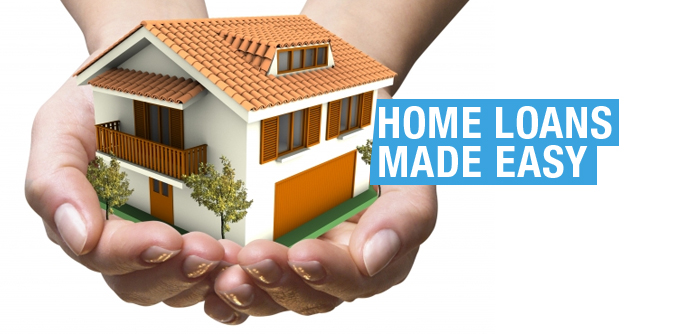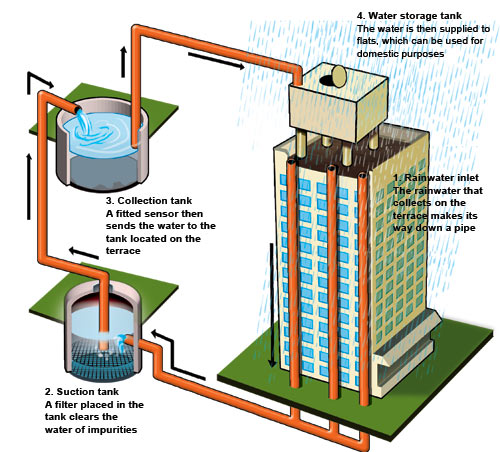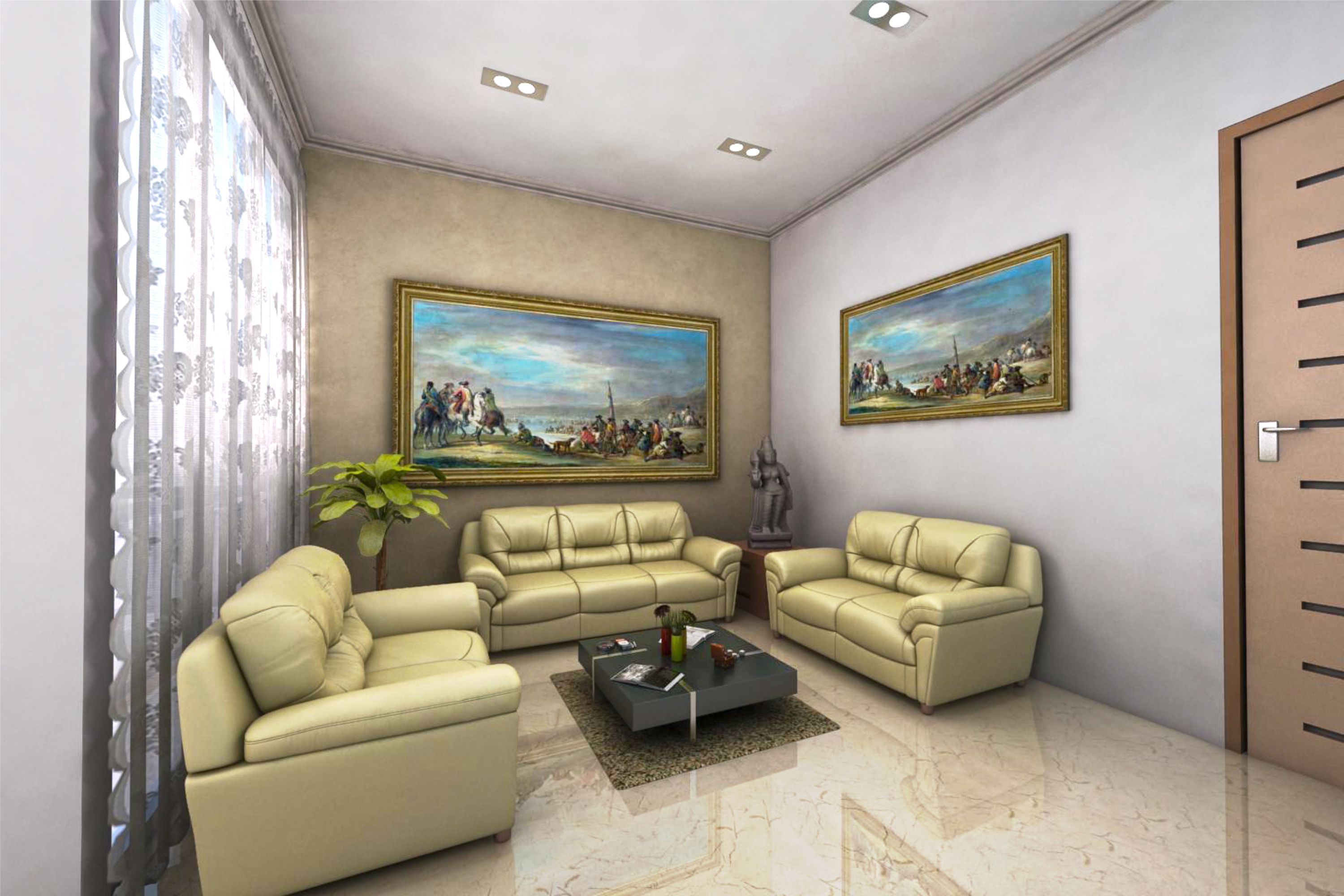‘Health is a state of complete physical, mental and social well being, and not merely the absence of disease or infirmity.’
In times of supersonic lifestyles, it is critical to give due importance to good health. A healthy lifestyle means a longer life. Which is why it is important to have a home in a place that helps us lead a healthy, wholesome lifestyle. A place that assists you to perform to the best of your ability, in every sphere of your life.
Here are some of the things you can consider while choose a place to reside, so you can maintain a healthy, happy lifestyle – no matter what stage you life you may be in:
Swimming pool: Swimming is a great workout because it keeps your heart rate up but takes some of the impact stress off your body.
Indoor games Room: Games are a good hobby as they can help you relax after work or on weekends and take away stress.
Modern, well-equipped gym: Going to the gym every day puts you in contact with people on a regular basis and enhances your social life as well as the way that you feel about yourself. You will stay fit, in shape and sleep better if you exercise each day.
Kids play area: Don’t underestimate the importance of children’s playtime. It may look like leisure time, but when children are playing house, fighting imaginary dragons or organizing a game of hopscotch, they’re actually developing crucial life skills — and preparing their brains for the challenges of adulthood.
Sports facilities like lawn tennis, cricket practice net, basketball court, etc.:Sports stress on the positive effects of participative learning, the important life skills of goal setting and time management combined with enjoyment; the development of a strong sense of morality; and appreciation of diversity.
Skating ring: Skating is a great way to participate in a fitness activity that benefits both your body and your mind.
Jogging tracks: Jogging is a popular form of physical activity. Regular running builds strong bones, improves cardiovascular fitness and helps to maintain a healthy weight.
Landscaped parks: You may find stress relief and healing when interacting with nature. Plants lower blood pressure, reduce muscle tension related to stress, improve attention and reduce feelings of fear and anger or aggression.





